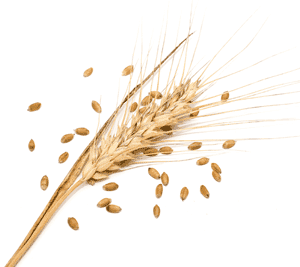Seed costs increased in the U.S. by 12.3% in 2007 and have been increasing 3-8% annually for the major Midwest crops during the last few years. Corn, cotton and soybeans have been benefiting from the application of biotechnology and seed has reflected the extra cost of the value-added traits. As a result seed has become an increasingly valuable investment so that protection of the developing seed and newly emerged seedling has made strong economic sense.
An increasing range of crops is being impacted by genetic modification, such as sugar beet, and it is expected that the cost of herbicide tolerant hybrid seed will reflect the significant savings possible with post-emergence contact herbicides. As a result there is strong farmer interest to ensure that seed germination and early development are protected from early loss and injury so that seed populations can be optimized.
This trend has been taking place at the same time as new seed treatment insecticides have increased the potential for protecting the developing seedling not only from several soil insect pests but also early foliar insects. An increasing range of highly active fungicides are also available that provide protection from the common fungal pathogens.
Manufacturers have developed sophisticated seed equipment that ensures the even and accurate coverage of seed with the small amount of chemical needed by the new generation of low rate insecticides and fungicides. Computer monitoring equipment also reduces labor input as well as assuring product quality.
Seed companies have been offering various seed treatment options, particularly for their genetically modified crops such as corn, cotton and soybeans. Significant investment is required to provide the capability to treat varying volumes of seed rapidly and very accurately, with good clean-out capability. Since treated seed cannot be sold in the food/feed market, care has to be taken to treat only the seed that will be sold.
The higher value of seed and the need to visually differentiate seed of the same crop has resulted in the growth of functional seed treatments that provide seed color, protective polymer coatings and the use of inoculants to optimize development of legume crops.
Growers have also realized that there are environmental benefits to be derived from seed treatment. Applying chemicals to seed targets the specific area of the plant which needs protection and so reduces very significantly the total amount of chemical active ingredient required per acre. Seed treatment can prevent early seedling losses which might have required replanting and significant loss in yield.
As a result of these trends there has been significant growth in the sales and value of seed treatment chemical sales in the United States and in other countries. Historically Bayer and Syngenta have been the major market players but the growth in seed treatment is now attracting a wider range of companies to participate in this market growing at around 5% for fungicides and over 10% for insecticides.
co-written by Duncan Allison
Thanks for sharing!











